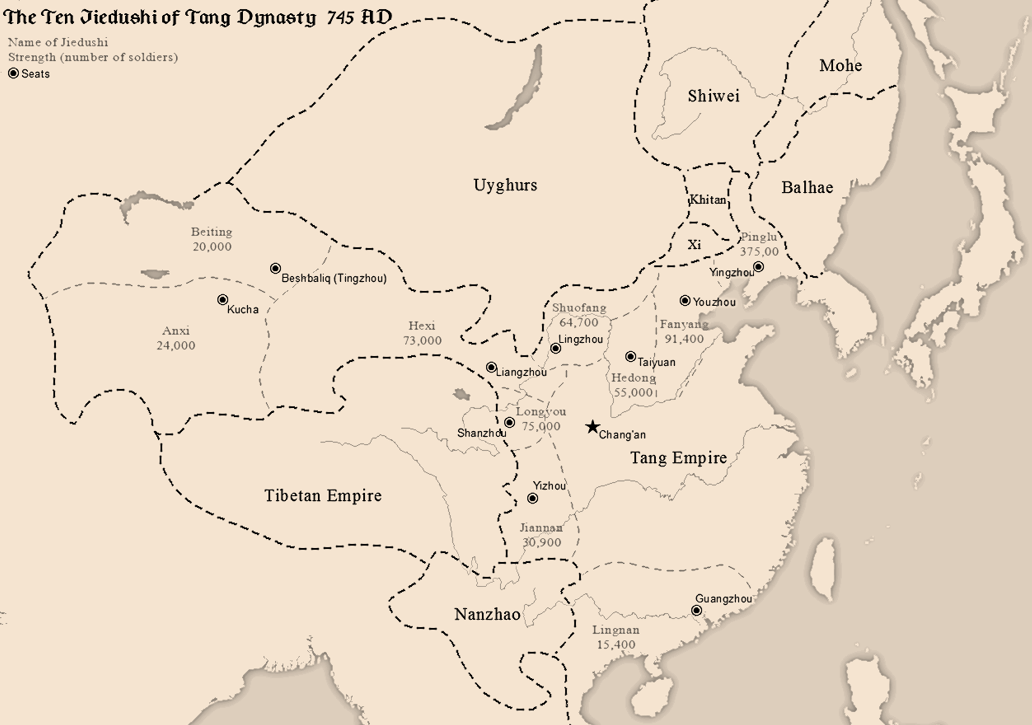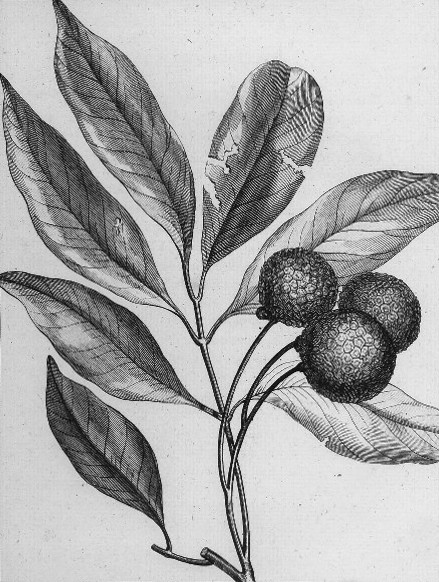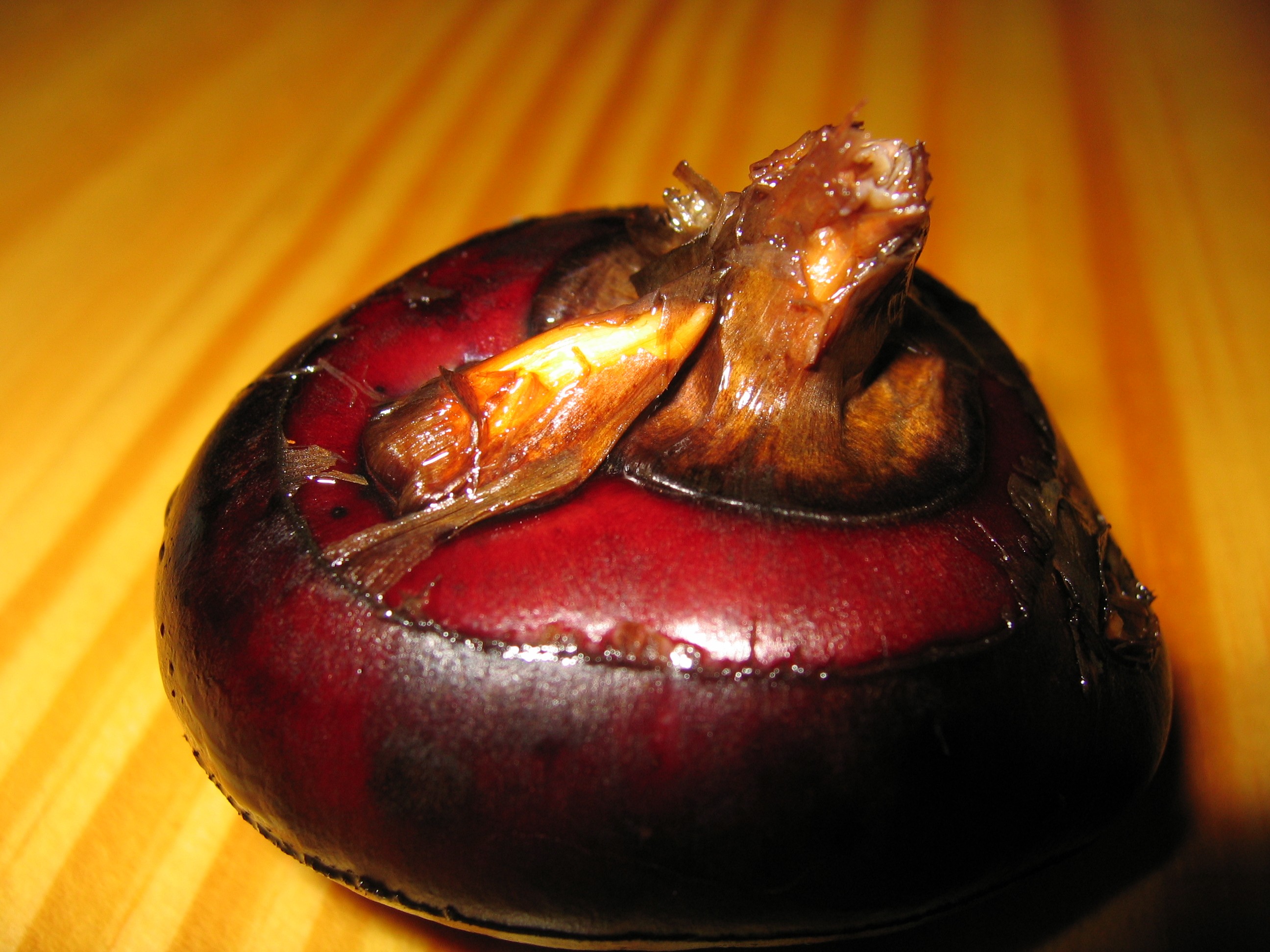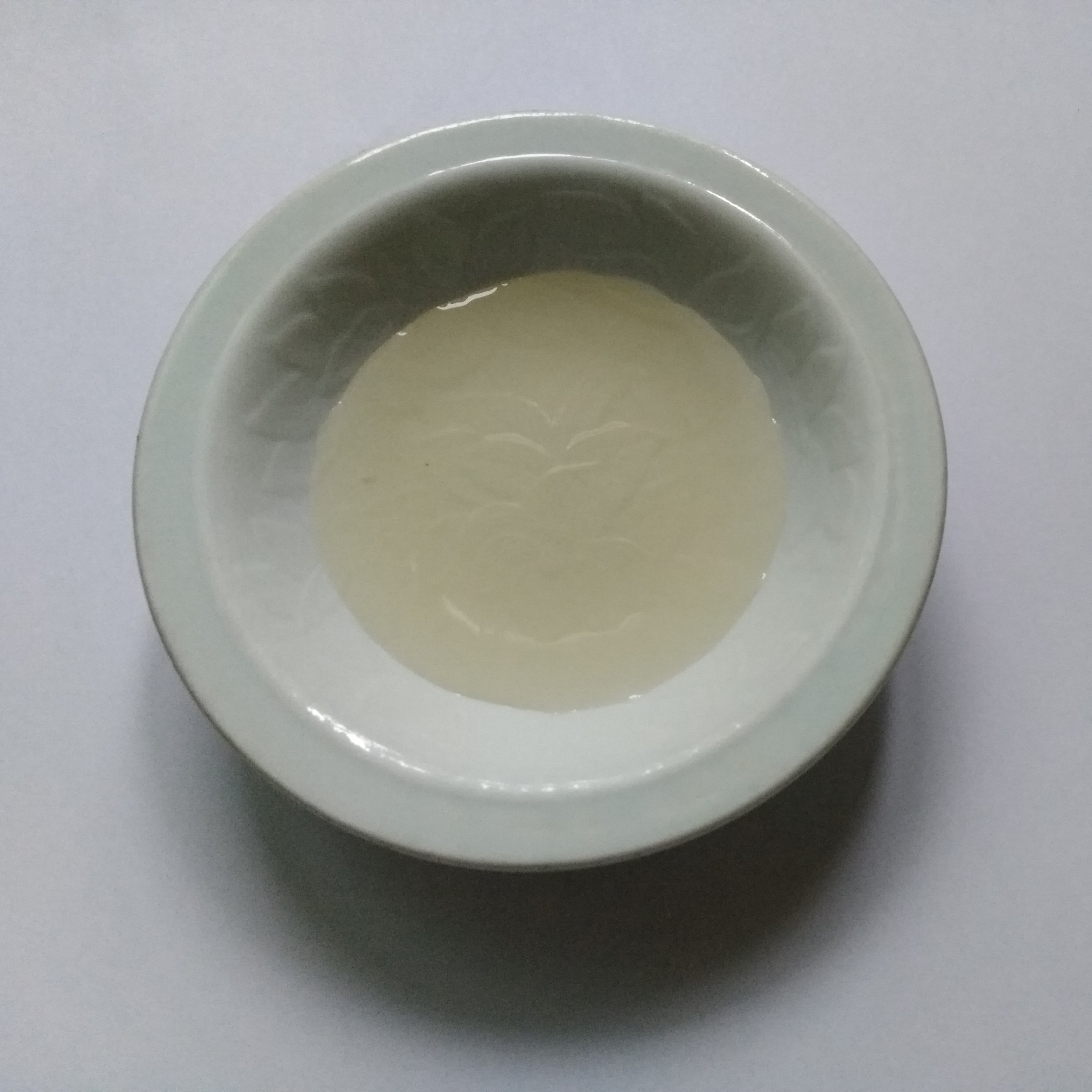|
Lychee Pork
Lychee pork, or lizhi rou (; Eastern Min: liĕk-chiĕ-nṳ̆k), is a dish in Fujianese cuisine that consists of small pieces of deep-fried pork and sliced Eleocharis dulcis, water chestnuts served in a sweet and sour sauce. Its bright red colour is derived from red yeast rice. In lower-end restaurants, the sauce is commonly made with ketchup, soy sauce, and rice vinegar. History Lychee pork is commonly associated with the cuisines of Fuzhou and Putian. Its creation can be traced back to the Tang dynasty, and the dish is considered to be a prominent strand of Fujian cuisine, Min cuisine. Despite its name, it does not contain the lychee fruit. Its name is instead derived from the appearance of the dish, in which the red and curled fried pieces of pork resemble the skin of lychee. The origin of the dish is attributed to a legend involving Consort Mei, Mei, a royal consort of Emperor Xuanzong of Tang, the Xuanzong Emperor of the Jiang clan. The consort, who came from Putian, was ... [...More Info...] [...Related Items...] OR: [Wikipedia] [Google] [Baidu] |
Fujian
Fujian is a provinces of China, province in East China, southeastern China. Fujian is bordered by Zhejiang to the north, Jiangxi to the west, Guangdong to the south, and the Taiwan Strait to the east. Its capital is Fuzhou and its largest prefecture city by population is Quanzhou, with other notable cities including the port city of Xiamen and Zhangzhou. Fujian is located on the west coast of the Taiwan Strait as the closest province geographically and culturally to Taiwan; as a result of the Chinese Civil War, a small portion of historical Fujian is administered by Taiwan, romanized as Fuchien Province, Republic of China, Fuchien. While the population predominantly identifies as Han Chinese, Han, it is one of China's most culturally and linguistically diverse provinces. The dialects of the language group Min Chinese are most commonly spoken within the province, including the Fuzhou dialect and Eastern Min of Northeastern Fujian province and various Southern Min and Hokkien dial ... [...More Info...] [...Related Items...] OR: [Wikipedia] [Google] [Baidu] |
Putian
Putian ( zh, s= , Putian dialect: ''Pó-chéng''), also known as Puyang (莆阳) and Puxian (莆仙), historically known as Hinghwa/Hinghua ( zh, s=兴化, t=興化), is a prefecture-level city in Fujian Province, People's Republic of China. It borders Fuzhou to the north, Quanzhou to the south, and the Taiwan Strait's Xinghua Bay to the east. Mulan River flows through the city. History Putian was first founded as an administrative area in the year of 568 as a city county during the Chen dynasty. Putian was later established as a military administered city in 979. Putian is known as the counterfeit sneaker capital with counterfeiters protected from internationally intellectual property law enforcement by the notoriously corrupt local courts. Language Pó-chéng-uā (莆田话), a sub-dialect of Min Chinese is spoken. Economy Putian has become an export base for Fujian products. The main industries are shoe-making, brewing, electronics, garments, fruits, vegetables, machi ... [...More Info...] [...Related Items...] OR: [Wikipedia] [Google] [Baidu] |
Anshi Rebellion
The An Lushan rebellion was a civil war in China that lasted from 755 to 763, at the approximate midpoint of the Tang dynasty (618–907). It began as a commandery rebellion attempting to overthrow and replace the Tang government with the rogue Yan dynasty. The rebels succeeded in capturing the imperial capital Chang'an after the emperor had fled to Sichuan, but eventually succumbed to internal divisions and counterattacks by the Tang and their allies. The rebellion spanned the reigns of three Tang emperors: Xuanzong, Suzong, and Daizong. On 16 December 755, An Lushan, the ''jiedushi'' of the Taiyuan Commandery, mobilized his army and marched to Fanyang. An Lushan led the rebellion for two years before he was assassinated by his son An Qingxu. Two years after An Qingxu's ascension, Shi Siming, the governor of Pinglu Commandery and a close ally of An Lushan, killed An Qingxu and usurped the leadership. Shi Siming ruled for two years, but was in turn killed by his own son ... [...More Info...] [...Related Items...] OR: [Wikipedia] [Google] [Baidu] |
Homesickness
Homesickness is the distress caused by being away from home.Kerns, Brumariu, Abraham. Kathryn A., Laura E., Michelle M.(2009/04/13). Homesickness at summer camp. Merrill-Palmer Quarterly, 54. Its cognitive hallmark is preoccupying thoughts of home and attachment objects.Thurber, C.A. & Walton, E.A. (2007). Preventing and treating homesickness. ''Pediatrics, 119'', 843–858. Sufferers typically report a combination of Depression (mood), depressive and Anxiety, anxious symptoms, withdrawn behavior and difficulty focusing on topics unrelated to home.Thurber, C.A., Sigman, M.D., Weisz, J.R., & Schmidt, C.K. (1999). Homesickness in preadolescent and adolescent girls: Risk factors, behavioral correlates, and sequelae. ''Journal of Clinical Child Psychology, 28'', 185–196.Thurber, C.A. (1999). The phenomenology of homesickness in boys. ''Journal of Abnormal Child Psychology, 27'', 125–139. Experienced by children and adults, the affected person may be taking a short trip to a nearby p ... [...More Info...] [...Related Items...] OR: [Wikipedia] [Google] [Baidu] |
Emperor Xuanzong Of Tang
Emperor Xuanzong of Tang (; 8 September 685 – 3 May 762), personal name Li Longji, was an Emperor of China, emperor of the Tang dynasty of China, reigning from 712 to 756. His reign of 44 years was the longest during the Tang dynasty. Through two palace coups, he seized the throne and inherited an empire still in its golden age. He was initially assisted by capable chancellors like Yao Chong, Song Jing and Zhang Yue (Tang dynasty), Zhang Yue who were already serving as government officials before Xuanzong ascended the throne. However, under Emperor Xuanzong, the empire reached its turning point and went into sharp decline and near collapse, due to numerous political missteps throughout his long reign, such as over-trusting chancellors Li Linfu, Yang Guozhong and general An Lushan, with Tang's golden age (metaphor), golden age ending in the An Lushan rebellion. Background Li Longji was born at the Tang dynasty eastern capital Luoyang in 685, during the first reign of his fat ... [...More Info...] [...Related Items...] OR: [Wikipedia] [Google] [Baidu] |
Consort Mei
Consort Mei (), born Jiang Caipin (), is a fictional imperial consort of Emperor Xuanzong of Tang. Her name is not found in any official history book and only in "Biography of Consort Mei" (), preserved in a Yuan dynasty anthology and attributed to the Tang dynasty writer Cao Ye (). In 1927, Lu Xun determined that the work was a Song dynasty forgery and should be considered no more than fiction. Later researchers have pointed out that her purported hometown, in the present-day coastal city of Putian, was actually under water during Emperor Xuanzong's time. Story She was one of Emperor Xuanzong's favorite concubine, often known as Mei fei (with ''fei'' being a standard rank for imperial consorts during her lifetime). As her actual name was Jiang Caipin, she was originally called Consort Jiang. After being told by her that she greatly favored Plum-Blossom flowers (the flower is pronounced as ''mei'' in Chinese), Emperor Xuanzong began to fondly address her as Consort Mei. Consor ... [...More Info...] [...Related Items...] OR: [Wikipedia] [Google] [Baidu] |
Lychee
Lychee ( , ; ''Litchi chinensis''; ) is a monotypic taxon and the sole member in the genus ''Litchi'' in the soapberry family, Sapindaceae. There are three distinct subspecies of lychee. The most common is the Indochinese lychee found in South China, Malaysia, and northern Vietnam. The other two are the Philippine lychee (locally called ''alupag'' or ''matamata'') found only in the Philippines and the Javanese lychee cultivated in Indonesia and Malaysia. The tree has been introduced throughout Southeast Asia and South Asia. Cultivation in China is documented from the 11th century. China is the main producer of lychees, followed by India, Vietnam, other countries in Southeast Asia, other countries in South Asia, Madagascar, and South Africa. A tall evergreen tree, it bears small fleshy sweet fruits. The outside of the fruit is a pink-red, rough-textured soft shell. Lychee seeds contain methylene cyclopropyl glycine which has caused hypoglycemia associated with outbreaks of e ... [...More Info...] [...Related Items...] OR: [Wikipedia] [Google] [Baidu] |
Fujian Cuisine
Fujian cuisine or Fujianese cuisine, also known as Min cuisine, is one of the native Chinese cuisines derived from the cooking style of China's Fujian Province, most notably from the provincial capital, Fuzhou. "Fujian cuisine" in this article refers to the cuisines of Min Chinese speaking people within Fujian. Other cuisines in Fujian include Putian cuisine, Hokkien cuisine, Hakka cuisine, and the ethnic minority cuisines of the She and Tanka people. Fujian cuisine is known to be light but flavourful, soft, and tender, with particular emphasis on umami taste, known in Chinese cooking as ''xianwei'' (), as well as retaining the original flavour of the main ingredients instead of masking them. Many diverse seafood and woodland delicacies are used, including a myriad variety of local fish, shellfish and turtles, or indigenous edible mushrooms and bamboo shoots, provided by the coastal and mountainous regions of Fujian. The most commonly employed cooking techniques in th ... [...More Info...] [...Related Items...] OR: [Wikipedia] [Google] [Baidu] |
Tang Dynasty
The Tang dynasty (, ; zh, c=唐朝), or the Tang Empire, was an Dynasties of China, imperial dynasty of China that ruled from 618 to 907, with an Wu Zhou, interregnum between 690 and 705. It was preceded by the Sui dynasty and followed by the Five Dynasties and Ten Kingdoms period. Historians generally regard the Tang as a high point in Chinese civilisation, and a Golden age (metaphor), golden age of cosmopolitan culture. Tang territory, acquired through the military campaigns of its early rulers, rivalled that of the Han dynasty. The House of Li, Li family founded the dynasty after taking advantage of a period of Sui decline and precipitating their final collapse, in turn inaugurating a period of progress and stability in the first half of the dynasty's rule. The dynasty was formally interrupted during 690–705 when Empress Wu Zetian seized the throne, proclaiming the Wu Zhou dynasty and becoming the only legitimate Chinese empress regnant. The An Lushan rebellion (755 ... [...More Info...] [...Related Items...] OR: [Wikipedia] [Google] [Baidu] |
Fuzhou
Fuzhou is the capital of Fujian, China. The city lies between the Min River (Fujian), Min River estuary to the south and the city of Ningde to the north. Together, Fuzhou and Ningde make up the Eastern Min, Mindong linguistic and cultural region. Fuzhou's population was 8,291,268 as of the 2020 Chinese census. Like other prefecture-level city, prefecture-level cities in China, its administrative area contains both urban and rural areas: in 2020, 72.49% of inhabitants (6,010,242) were urban, while 27.51% (2,281,026) were rural. As of 31 December 2018, the total population was estimated at 7,740,000 whom 4,665,000 lived in the built-up (''or metro'') area made of five urban districts plus Minhou County. In 2015, Fuzhou was ranked as the 10th fastest growing metropolitan area in the world by Brookings Institution. Fuzhou is listed as No. 20 in the China Integrated City Index 2016's total ranking, a study conducted by the National Development and Reform Commission. Fuzhou is also ... [...More Info...] [...Related Items...] OR: [Wikipedia] [Google] [Baidu] |
Eleocharis Dulcis
''Eleocharis dulcis'', the Chinese water chestnut or water chestnut, is a grass-like Cyperaceae, sedge native to Asia, tropical Africa, and Oceania. It is grown in many countries for its edible corms, but if eaten uncooked, the surface of the plants may transmit fasciolopsiasis. The water caltrop, which also is referred to by the same name, is unrelated and often confused with the water chestnut. Description The water chestnut is not a Nut (fruit), nut but rather an Aquatic plant, aquatic vegetable that grows in marshes, under water, or in mud. It has stem-like, tubular green leaves that grow to about . Distribution The plant is native to Asia, tropical Africa, and Oceania. Ecology In the dry season of the Northern Territory in Australia, Magpie goose, magpie geese eat the bulbs of water chestnuts, allowing them to put on fat for the wet season and ensuring they are ready for breeding. In the wet season, water chestnut leaves are used to build their floating nests. [...More Info...] [...Related Items...] OR: [Wikipedia] [Google] [Baidu] |
Rice Vinegar
Rice vinegar is a vinegar made from rice wine in East Asia (China, Japan and Korea), as well as in Vietnam in Southeast Asia. It is used as a seasoning, dressing, and dipping in many dishes, including sushi, jiaozi, and banchans. Some of its variants are also a drink by themselves. Chinese Chinese rice vinegars are stronger than Japanese ones, and range in color from clear to various shades of red, brown and black and are therefore known as rice wine vinegars. Chinese vinegar are less acidic than their distilled Western counterparts which, for that reason, are not appropriate substitutes for rice vinegars. The majority of the Asian rice vinegars are also milder and sweeter than those typically used in the Western world, with black vinegars as a notable exception. Types White rice vinegar is a colorless to pale yellow liquid, more acidic than other Chinese vinegars, but still less acidic and milder in flavor than Western ones. Black vinegar is very popular in southern China. ... [...More Info...] [...Related Items...] OR: [Wikipedia] [Google] [Baidu] |









